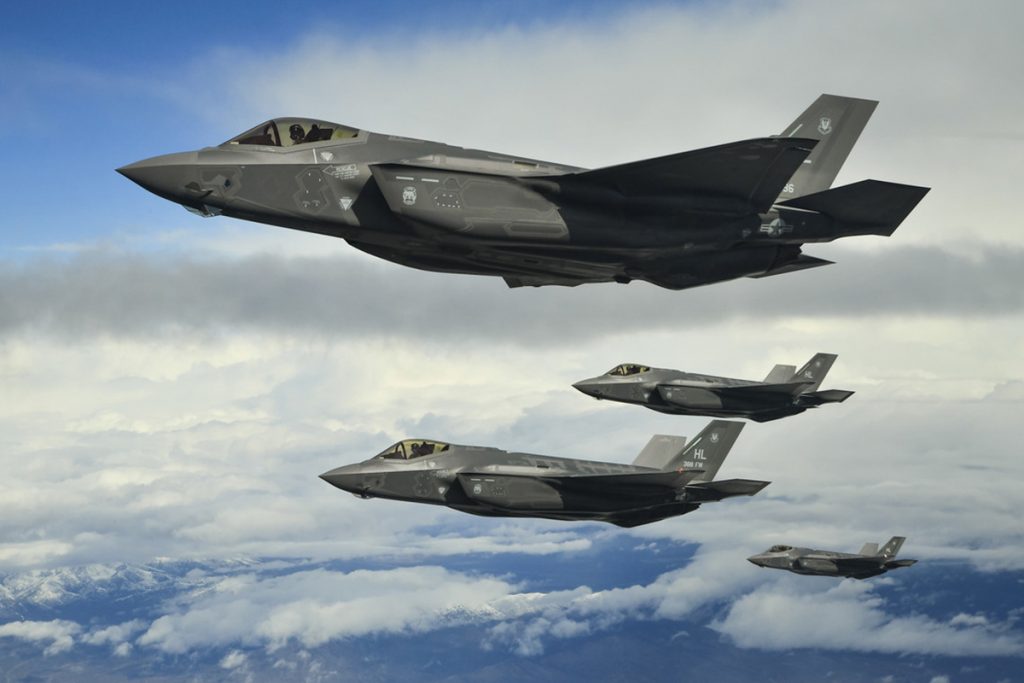With the reemergence of great power competition, NATO and its partners must once again seriously consider and plan for operations in contested airspace, where absolute air superiority will not be a guarantee from the outset of a conflict. The air domain is contested in ways that NATO Allies and partners have not seen since the end of the Cold War. Our air space contains more actors with increased capabilities and a greater willingness to use them, creating new challenges for the alliance and its partners.
To confront these growing challenges, NATO air planners now have access to new and emerging technologies in the form of fifth-generation fighter aircraft like the F-22 and F-35. But what makes these fighters different from other fighters? How can NATO Allies employ these platforms for the best effects, and how do they contribute to enhanced defense and deterrence?
In The implications of fifth-generation aircraft for transatlantic airpower: A primer, former secretary of the US Air Force Deborah Lee James and Dr. Daniel Gouré outline the technologies that separate fifth-generation aircraft from the pack and detail how NATO can employ these new technologies to maintain their advantages in the air and confront challenges from great power adversaries. Click the download button above to read the publication.
